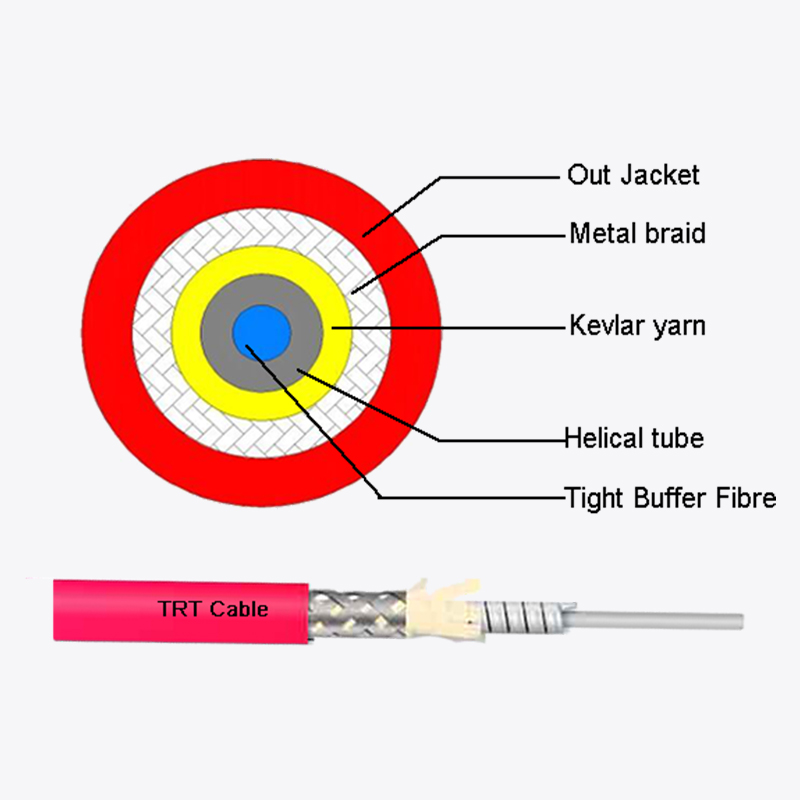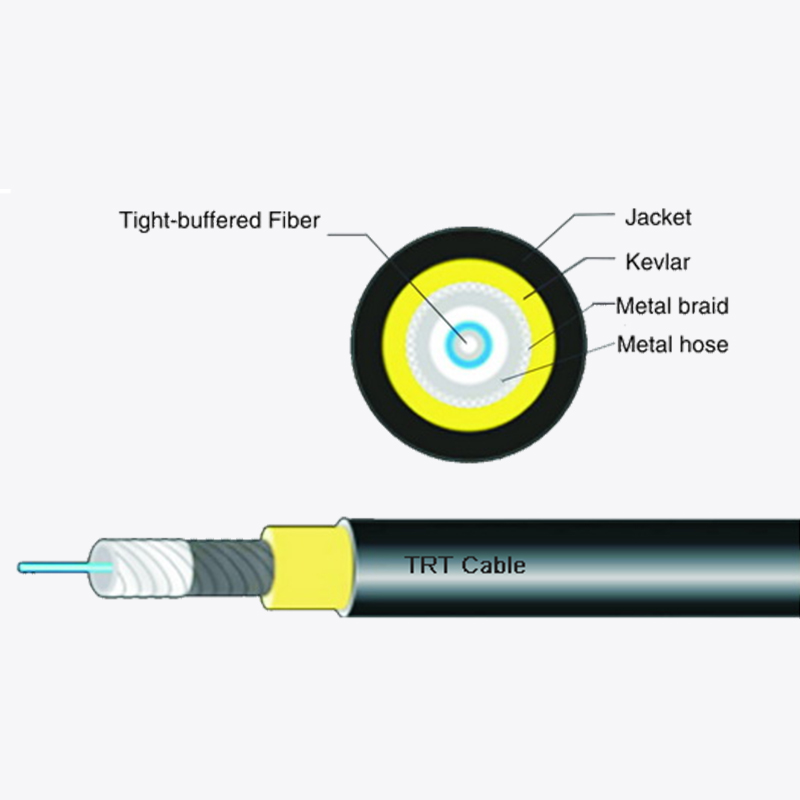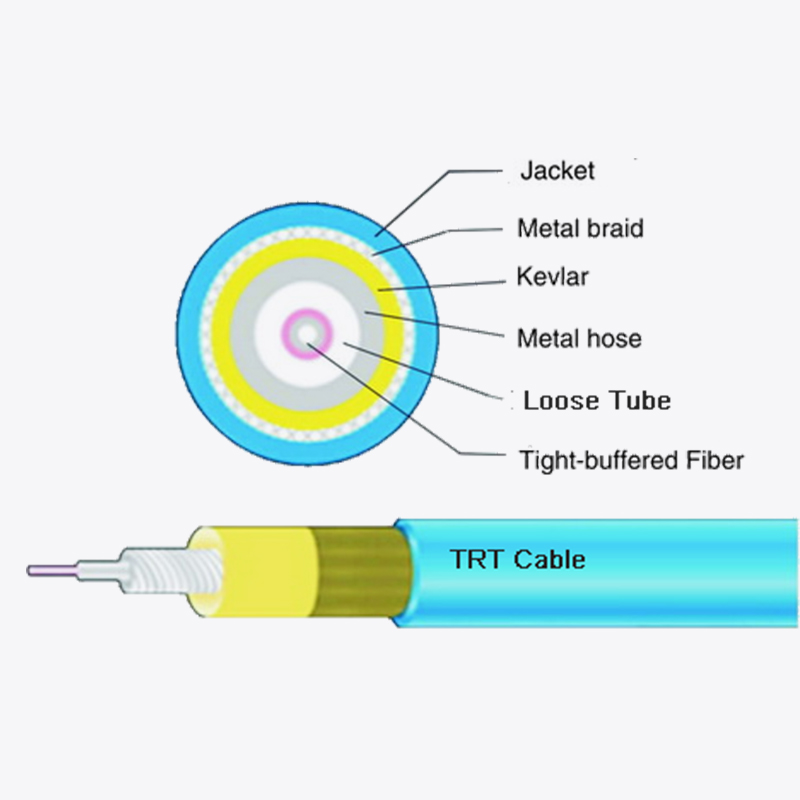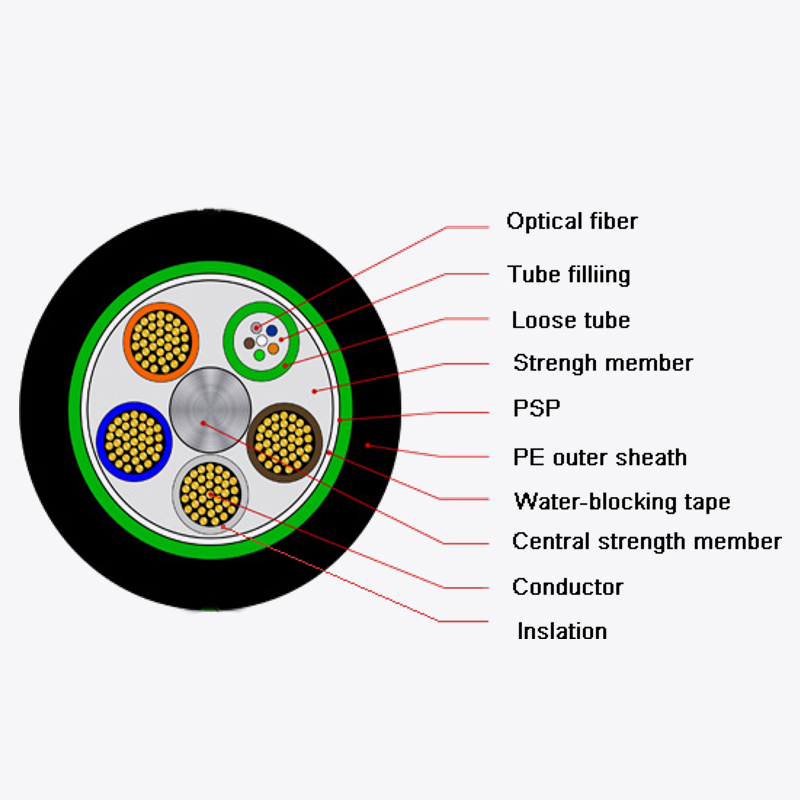Web Menu
Product Search
Exit Menu
Why should a single-core round armored cable use a non-magnetic armor layer?
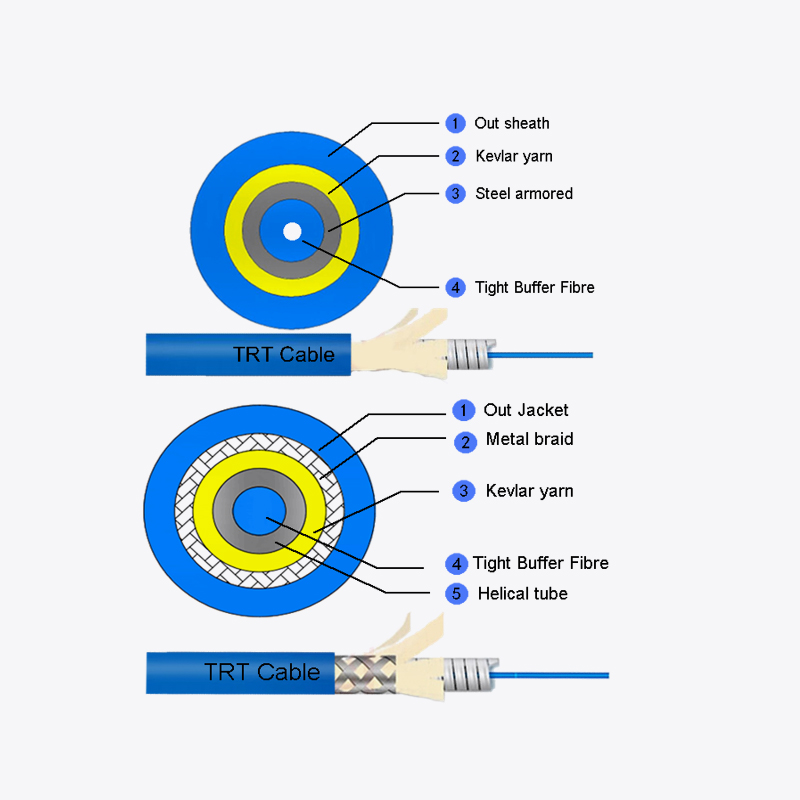
Why should a single-core round armored cable use a non-magnetic armor layer?
In modern power transmission and distribution systems, single-core round armored cables play an important role. From the power supply of industrial facilities to the electrical wiring in buildings, it is everywhere. However, this type of cable has a special physical phenomenon during operation - the magnetic field generated by the current in the conductor will induce current in the armor layer. This phenomenon profoundly affects the performance and stability of the cable and also determines the selection direction of the armor layer material.
When a current passes through the conductor of a single-core round armored cable, according to the law of electromagnetic induction, a magnetic field will be generated around it. The armor layer, as a structure that tightly surrounds the conductor, will inevitably be cut by this magnetic field. For cables using magnetic materials (such as ordinary steel strips) as armor layers, the induced current will form a closed loop inside the magnetic material, that is, eddy current. This is because the magnetic material has good magnetic conductivity and can provide a low-resistance path for the induced current, which promotes the generation of eddy currents.
The emergence of eddy currents brings a series of negative effects. The most direct manifestation is that the armor layer heats up. According to Joule's law, when current passes through a resistor, it will generate heat. When eddy current flows in the armor layer, the resistance of the armor layer itself causes the electrical energy to be continuously converted into thermal energy, causing the temperature of the armor layer to rise. This heating phenomenon not only causes the unwarranted loss of electrical energy and reduces the efficiency of power transmission, but may also cause more serious problems. When the temperature of the armor layer continues to rise and exceeds the tolerance range of the cable design, it will pose a great threat to the insulation performance of the cable. In a high temperature environment, the physical and chemical properties of the insulating material will change, and the insulation performance will decrease, which may cause a short circuit fault inside the cable and affect the normal operation of the entire power system. In addition, long-term overheating will accelerate the aging of the armor layer and the insulation layer materials, shorten the service life of the cable, and increase maintenance costs and safety hazards.
In order to effectively solve this problem, single-core round armored cables often use non-magnetic materials as the armor layer, and aluminum alloy strips are among the best. Aluminum alloy strips have non-magnetic properties, which fundamentally eliminates the conditions for the generation of eddy currents. Since there is no magnetic path inside that can guide the induced current to form a closed loop, even if the magnetic field around the cable conductor is strong, no obvious eddy current will be generated in the aluminum alloy belt armor layer, thus avoiding power loss and a series of potential faults caused by eddy current heating.
At the same time, the aluminum alloy belt has excellent mechanical properties and can provide reliable protection for the cable. Aluminum alloy has high strength and good flexibility after a special alloy formula and processing technology. Its strength is enough to resist the external forces such as pulling and extrusion that may be encountered during the cable laying process, prevent the armor layer from deforming and rupturing, and then protect the internal conductor and insulation layer from damage. The flexibility makes it easier to bend and wind the cable during installation, adapt to various complex wiring environments, and will not cause damage to the armor layer or internal structure due to excessive bending. This good mechanical property ensures that the single-core round armored cable can operate stably in different application scenarios, providing a solid guarantee for power transmission.
In practical applications, whether in industrial production scenarios with extremely high requirements for power supply stability or in civil construction fields with strict standards for safety and service life, single-core round armored cables using non-magnetic materials such as aluminum alloy strips as armor layers have shown significant advantages. It not only ensures the efficient and stable operation of the power system, reduces power outages caused by cable failures, but also reduces long-term operating and maintenance costs, meeting the requirements of modern society for the reliability and economy of power infrastructure.
 Address:Zhong'an Road, Puzhuang Town, Suzhou City, Jiangsu Prov., China
Address:Zhong'an Road, Puzhuang Town, Suzhou City, Jiangsu Prov., China Phone:+86-189 1350 1815
Phone:+86-189 1350 1815 Tel:+86-512-66392923
Tel:+86-512-66392923 Fax:+86-512-66383830
Fax:+86-512-66383830 Email:[email protected]
Email:[email protected] Wechat: xiaobin18913501815
Wechat: xiaobin18913501815 whatsapp: +86 18913501815
whatsapp: +86 18913501815
 0
0

 English
English русский
русский Español
Español Português
Português عربى
عربى